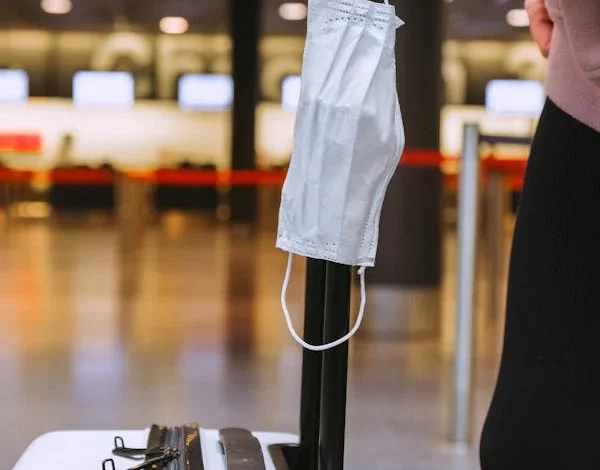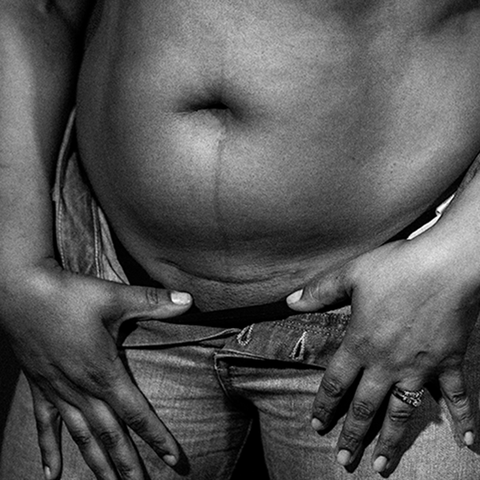Safe travels for mother and baby

Traveling during pregnancy can be a cause for concern for many expectant mothers.
The idea of being far from home, familiar medical facilities and potentially experiencing discomfort or complications can be daunting.
However, with proper planning and precautions, pregnant women can enjoy safe and comfortable travel.
Why some believe traveling while pregnant is unsafe
Concerns about traveling while pregnant often come from the fear of unexpected medical issues.
Complications such as preterm labor, exposure to infections and deep vein thrombosis (DVT) are some of the main worries.
Physical discomfort associated with long trips, such as swelling, backpain and nausea are at a risk of increasing during pregnancy; these concerns can make the idea of traveling seem risky for both the mother and the baby.
To ensure a safe travel experience, pregnant women should take several precautions:
Stay Hydrated and Move Frequently

It is important to stay hydrated and move regularly to prevent swelling and reduce the risk of DVT.
Pregnant women should drink plenty of water and take breaks to walk and stretch every couple of hours.
Choose the right time
The second trimester is often considered the safest and most comfortable time to travel. During this period, the morning sickness typically subsides and energy levels are higher.
Additionally, the risk of miscarriage is lower compared to the first trimester and the discomforts of the third trimester are not yet prominent.
Wear comfortable clothing
Loose-fitting, breathable clothing and comfortable shoes can help reduce discomfort during travel. Compression stockings can also be beneficial in preventing leg swelling and DVT.
Pack essentials
Carry a travel health kit that includes prenatal vitamins, any prescribed medications, a copy of medical records and a list of emergency contacts.
It’s also advisable to have a snack to bite on when traveling and to have a refillable water bottle on hand.
Dos and Don’ts
Dos
Do Choose an Aisle Seat as it allows for easier access to the restroom and more space to stretch your legs.
Do Wear a Seatbelt Correctly; In a car, position the lap belt under the belly, across the hips and the shoulder belt between the breasts. On a plane, request a seatbelt extender if needed to ensure comfort and safety.
Do plan for medical emergencies by knowing the locations of nearby medical facilities at your destination.
Don’ts
Don’t travel to high-risk areas: Avoid destinations with a high risk of infectious diseases such as malaria.
Don’t overexert yourself: Listen to your body and avoid activities that require excessive physical exertion and rest when needed.
Don’t skip prenatal care by scheduling any necessary prenatal appointments before and after your trip to ensure continuous care.







